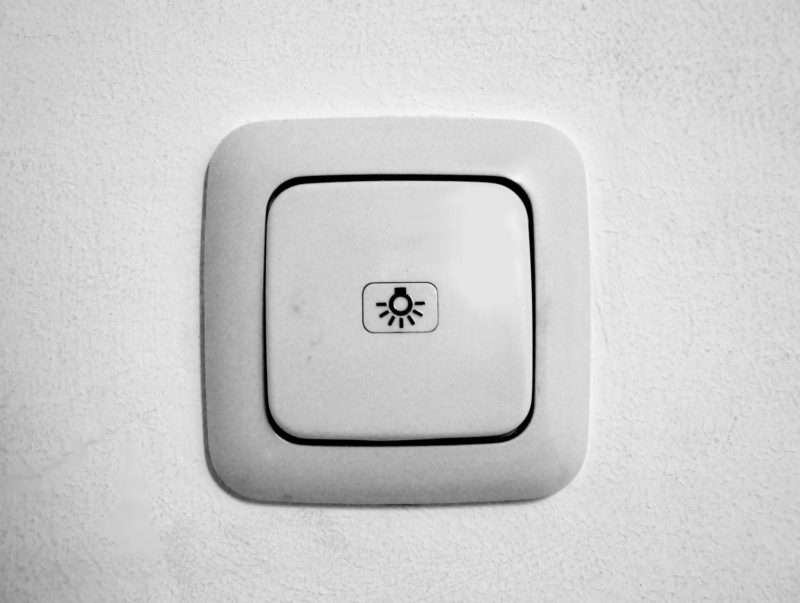Lighting manufacturer Osram is currently leading a team of researchers using smart technology to create so-called ‘invisible light switches.’
The project is called SceneUnderLight, and has received funding from the European Union’s Horizon 2020 research and innovation programme. Horizon 2020 is the biggest such programme the EU has ever embarked upon, with €80 billion of funding to be allocated between 2014 and 2020.
What is the aim of the project?
According to the official press release from Osram, the goal of the project is ‘to eliminate the need for switches for lighting which means that each person in the office perceives the entire office as “all lit”, while lights, which are not visible by the person, are switched off by the system.’
In other words, using advanced computer models and algorithms, together with smart lighting technology, the project team aim to create lighting systems that are completely optimised for the people in the room, even based on the direction in which they’re facing. So, for every person present, the environment would look fully lit, while any lights out of their field of vision – and therefore which don’t need to be on – will be switched off.
So what is the ‘invisible light switch?’
When they speak of creating an ‘invisible light switch,’ the project team don’t literally mean that they will create an invisible, manually-operated switch to put on the wall. It’s difficult enough to find a light switch in a darkened room of your house; an invisible switch would make the search even more agonising.
What the team mean is that they aim to create a switching mechanism that requires no manual operation, as if some unseen presence were indeed turning the lights on and off. If the system works according to plan, it would only be the lights you can’t see that get switched off, giving you the impression that all the lights are on, all the time.
Can’t smart lights already do that?
If the researchers complete the project as planned – which they aim to do in the next two years – it will represent one of the many next steps that smart lighting will take in the future. At the moment, smart lighting technology is still in its infancy, and although it gives us unprecedented control over our lighting, it has the potential to do a lot more.
Some smart lighting systems do allow you to set schedules, so that lamps switch on and off according to your timings, but this project aims to create fully automated, fully optimised lighting systems that need no human intervention at all. It is an incredibly complex and ambitious undertaking.




